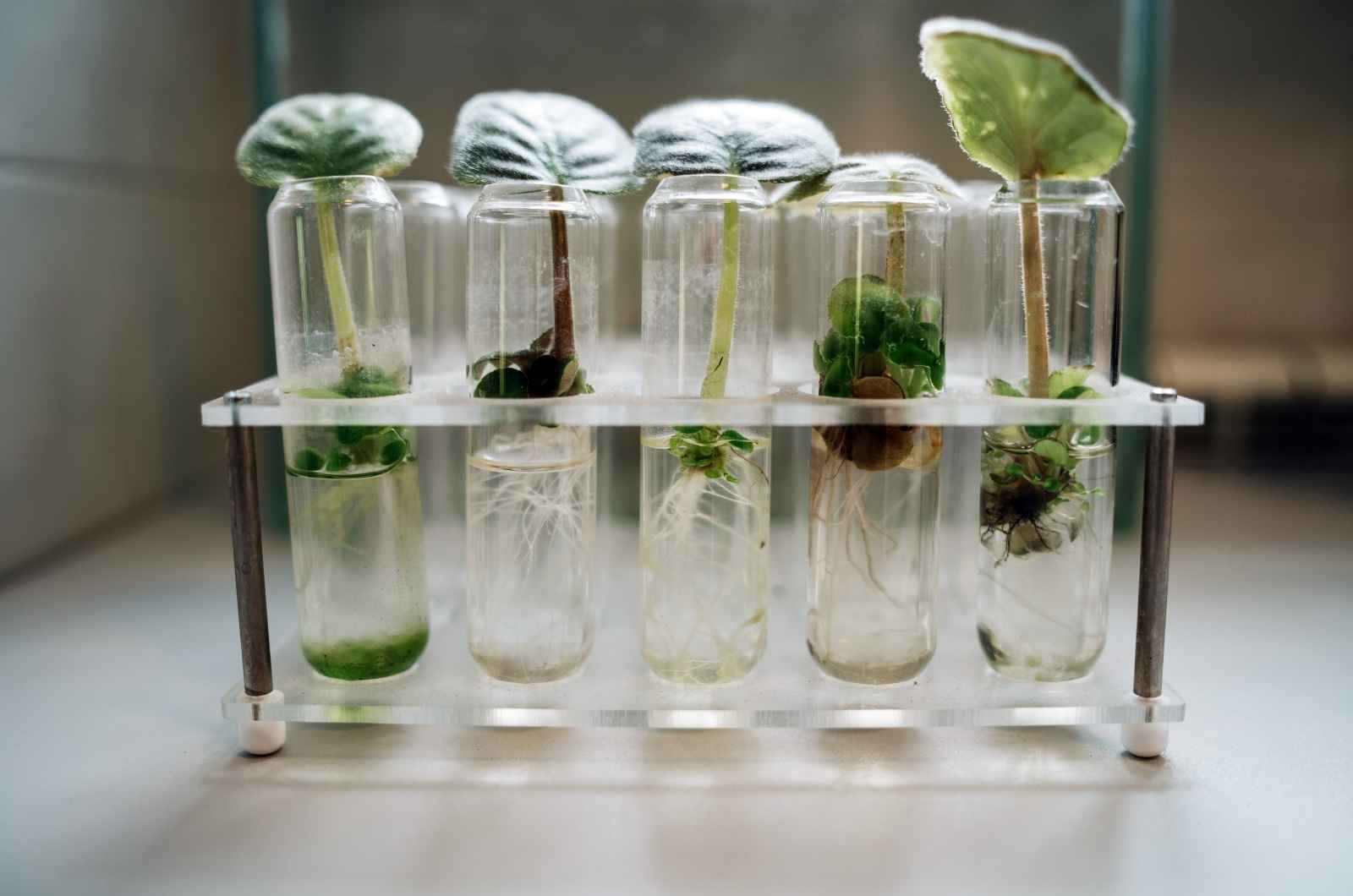In an era where technology profoundly influences every aspect of our lives, agriculture and plant research are no exceptions. The advent of automation in plant phenotyping represents a significant leap forward, promising to revolutionize how we understand and improve plant performance. This article delves into how automation, exemplified by Plant-DiTech's PlantArray system, is transforming the landscape of plant phenotyping by enhancing efficiency, accuracy, and the scalability of research. As we explore the impact of this technological advancement, we'll uncover its pivotal role in ensuring the future of agricultural growth and sustainability.
Understanding Plant Phenotyping
plant phenotyping refers to the process of assessing the observable characteristics of plants, such as height, leaf size, and resistance to stress conditions. This process is essential for researchers and breeders aiming to understand plant growth, development, and adaptation to various environments. Traditionally, phenotyping has been a manual and time-consuming task, often limiting the scope and scale of research. However, the demand for more efficient, precise, and comprehensive data collection methods has led to the integration of automation in this field. This shift is not just a trend but a necessary evolution to meet the challenges of modern agriculture and food security.
The Shift Towards Automation
The transition towards automation in plant phenotyping is driven by the need for more efficient, accurate, and large-scale data collection methods. Manual phenotyping, with its labor-intensive processes and inherent variability, can no longer meet the demands of contemporary plant research and breeding programs. Automation offers a solution by enabling high-throughput screening, consistent data collection, and the ability to process vast amounts of information quickly. This shift not only increases the productivity and reliability of research but also opens up new possibilities for understanding complex plant traits and their interactions with the environment, thus accelerating advancements in agricultural science.
Introducing Plant-DiTech's PlantArray System
At the forefront of the automation revolution in plant phenotyping is Plant-DiTech's PlantArray system. This cutting-edge technology represents a significant advancement in how researchers and breeders can study and understand plant physiology. The PlantArray system automates the collection of physiological traits, enabling high-throughput and precise measurements of plant responses to various environmental conditions. Its ability to gather comprehensive data efficiently makes it an invaluable tool for ensuring agricultural growth. By setting new standards in plant research, Plant-DiTech enhances the capability of scientists, breeders, and agro-researchers to undertake more ambitious and impactful studies.
Benefits of Automated Plant Phenotyping
The adoption of automated plant phenotyping systems, such as Plant-DiTech's PlantArray, brings a multitude of benefits to the field of agricultural research. Firstly, it significantly reduces the time and effort required for data collection, allowing for more extensive and detailed studies. Automation also improves the accuracy and consistency of phenotypic data, minimizing human error and variability. Moreover, these systems enable the analysis of a larger number of plants under controlled conditions, facilitating high-throughput screening of genetic variations and environmental responses. Ultimately, automated phenotyping accelerates the breeding of more resilient and productive crop varieties, contributing to food security and agricultural sustainability.
Future Prospects in Agricultural Research
The integration of automation in plant phenotyping is paving the way for groundbreaking advancements in agricultural research. As technologies like Plant-DiTech's PlantArray system become more widespread, the potential for discovering new plant traits and breeding strategies increases exponentially. This shift towards automation is expected to lead to the development of crops that are more resilient to climate change, diseases, and pests. Furthermore, the ability to conduct large-scale, precise studies will enhance our understanding of plant genetics and environment interactions, opening up new avenues for sustainable agriculture. The future of agricultural research looks promising, with automation playing a central role in ensuring food security and environmental sustainability.
The role of automation in plant phenotyping is transformative, offering a new horizon for agricultural research and development. Through systems like Plant-DiTech's PlantArray, the field is witnessing unprecedented efficiency, accuracy, and scope in studying plant characteristics. This technological leap forward not only enhances the capabilities of researchers and breeders but also promises to address some of the most pressing challenges in agriculture today. As we continue to embrace and refine automated phenotyping technologies, the future of crop development, food security, and environmental sustainability looks brighter than ever, marking a significant milestone in our journey towards more resilient and productive agricultural systems.

